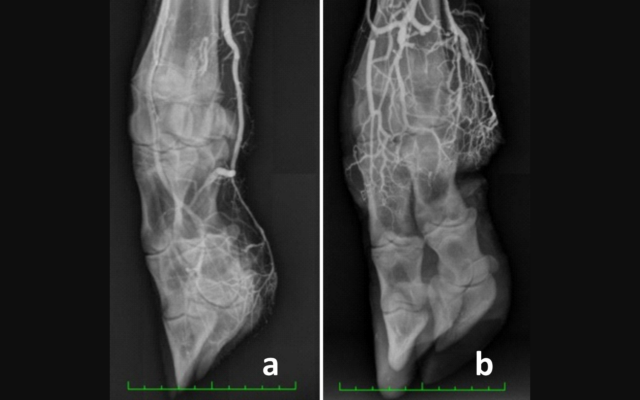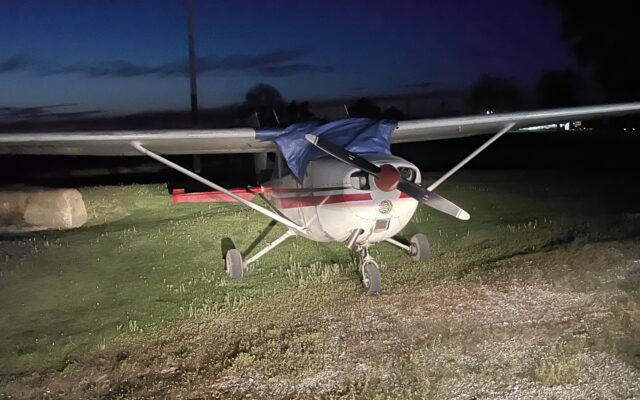Fescue Foot The Latest Problem To Emerge From Toxic Endophytes
January 27, 2023 1:16PM CST

A pair of X-rays illustrate vasoconstriction in cattle, comparing normal blood flow (X-Ray A) to restricted blood flow (X-Ray B) caused by ingestion of toxic fall fescue. Image courtesy Terry Swecker of Virginia Tech University, via University of Missouri Extension.
Livestock experts and pasture specialists have been sounding the alarm for years about toxic endophytes found on a grass common to our forages, Kentucky-31. The most recent sign of trouble has appeared during the winter in the form of fescue foot in our cattle. University of Missouri Extension state forage specialist Craig Roberts…
Roberts says cattle affected by fescue foot can lose extremities including eartips and the switch of the tail.
Roberts advises farmers to phase out any Kentucky-31 in their fields and replace it with grasses that can only harbor novel endophytes. Additional resources are available through your county’s University of Missouri Extension office.






